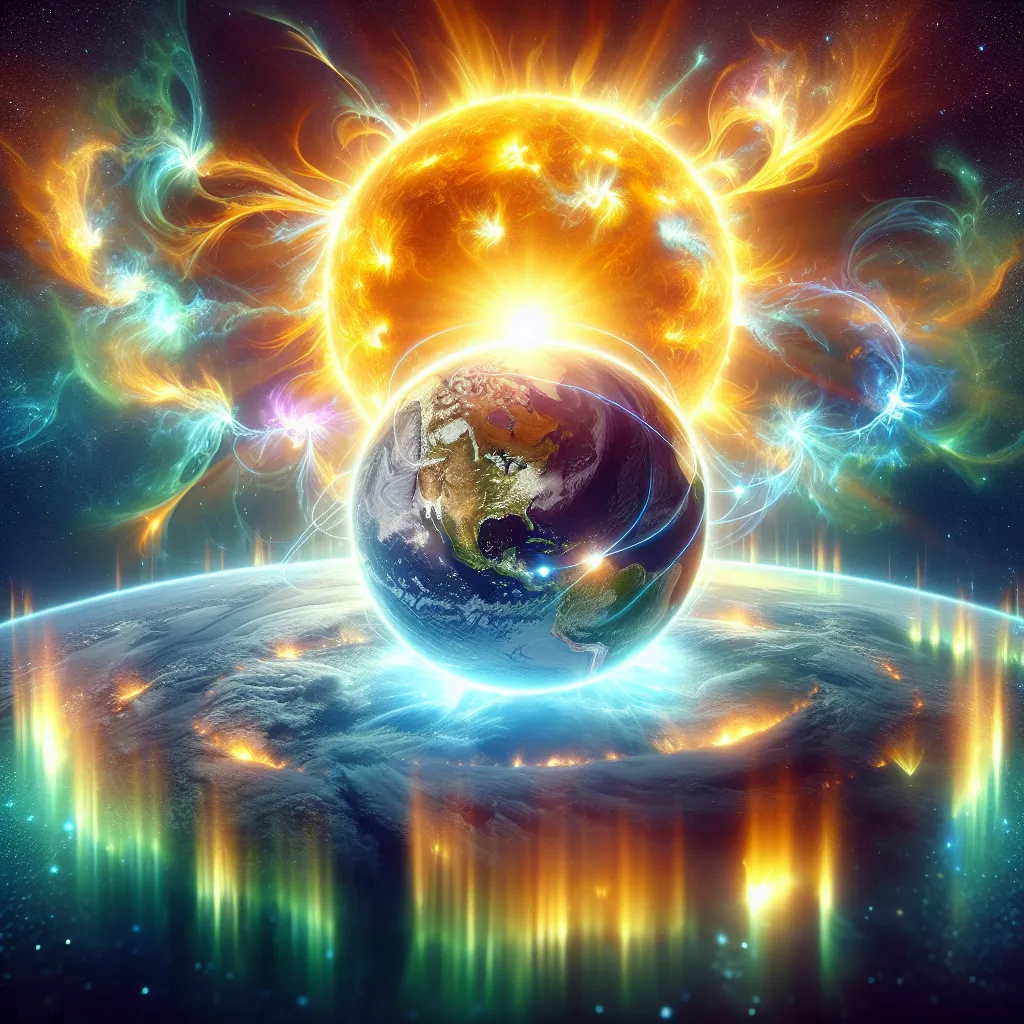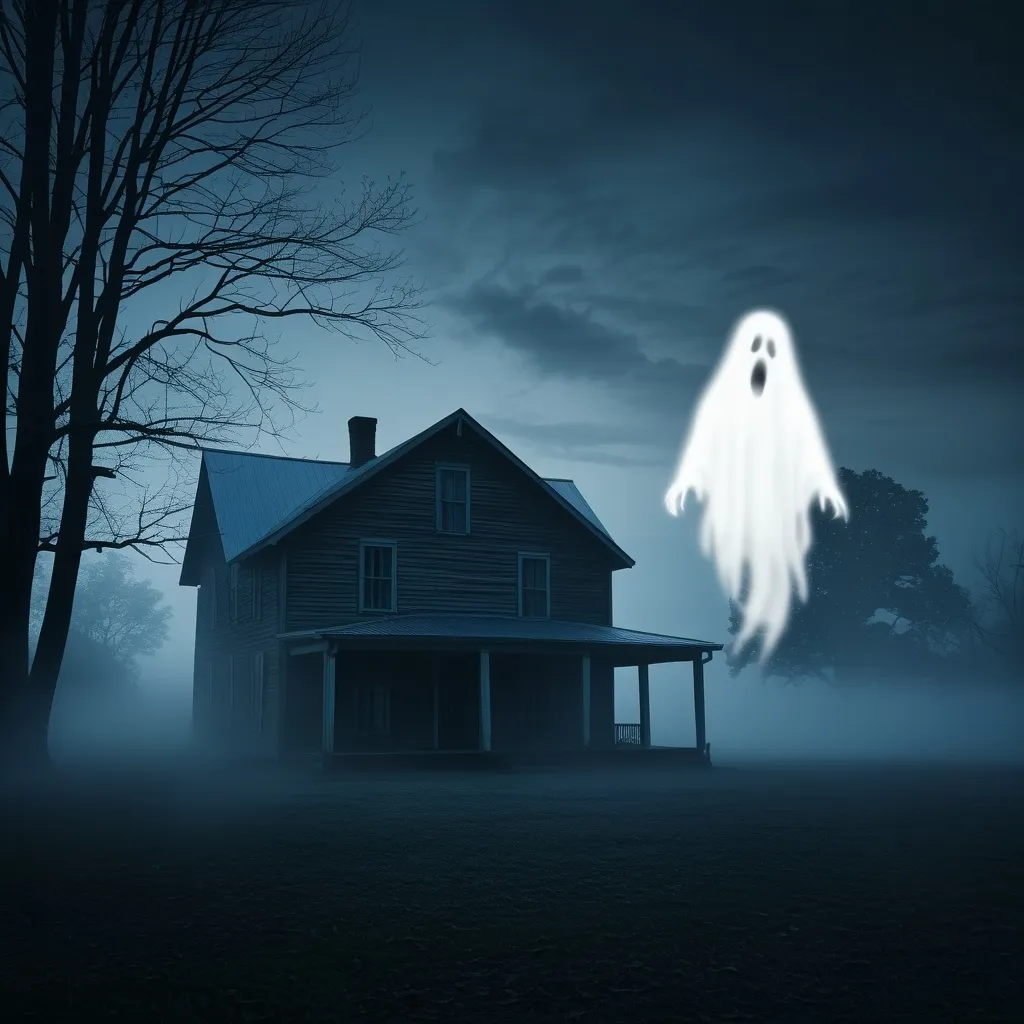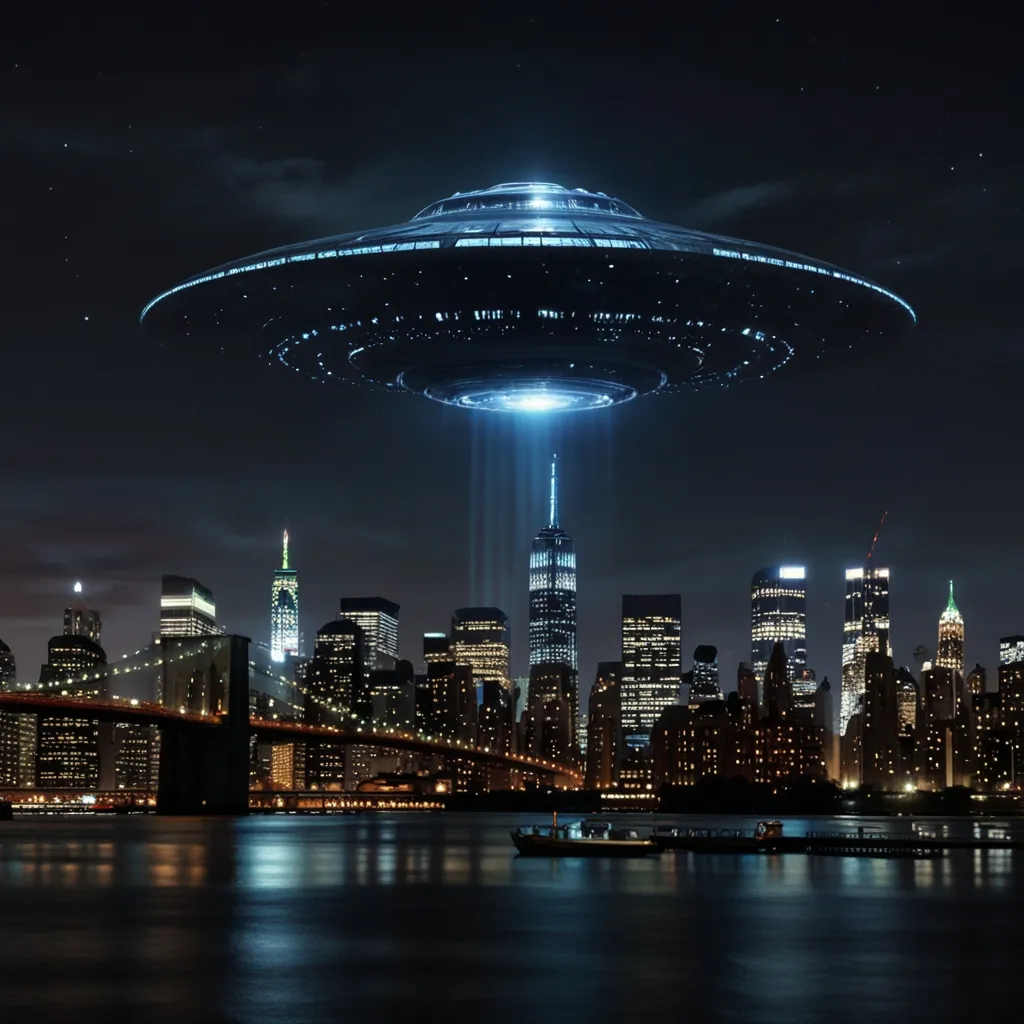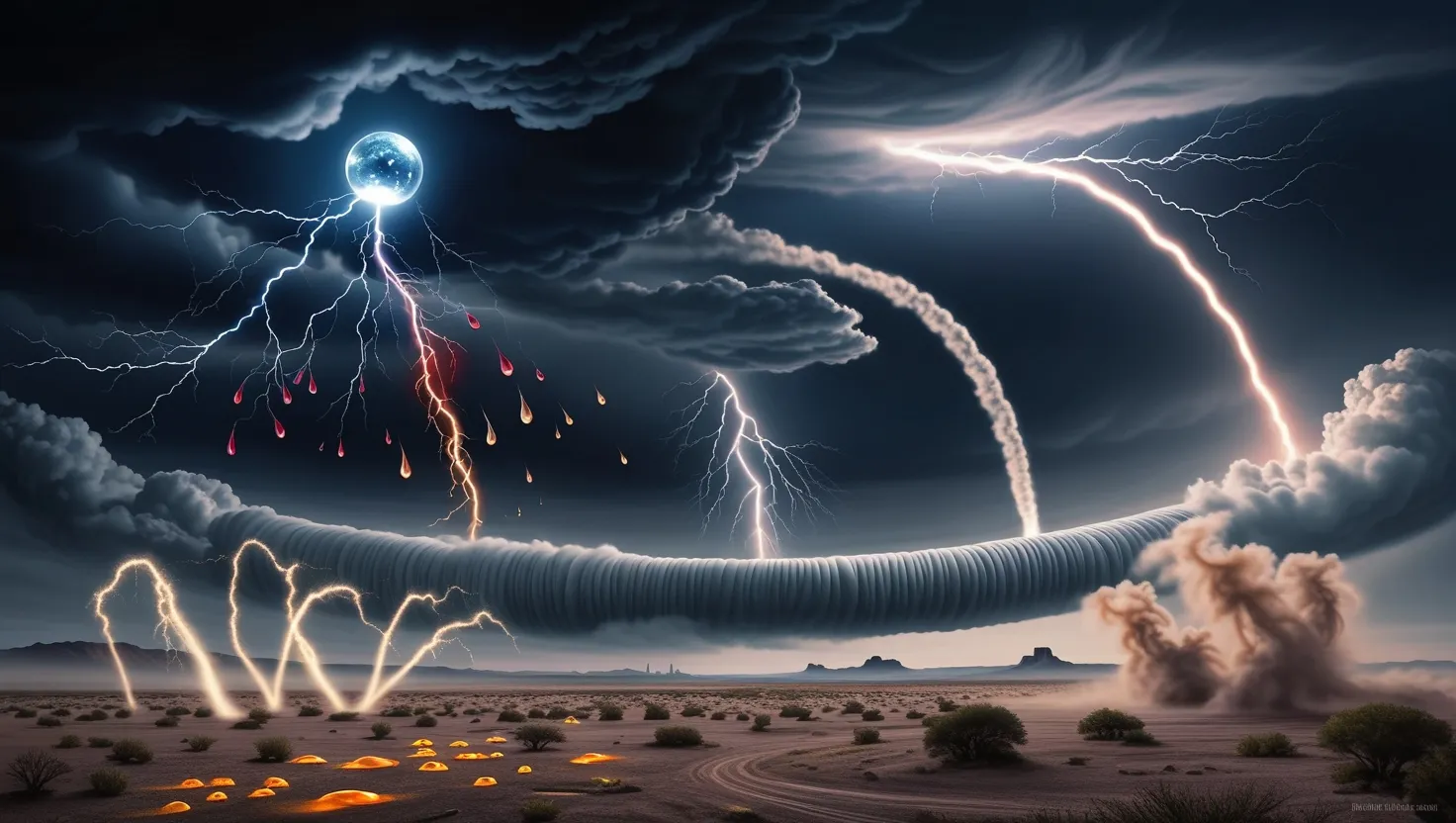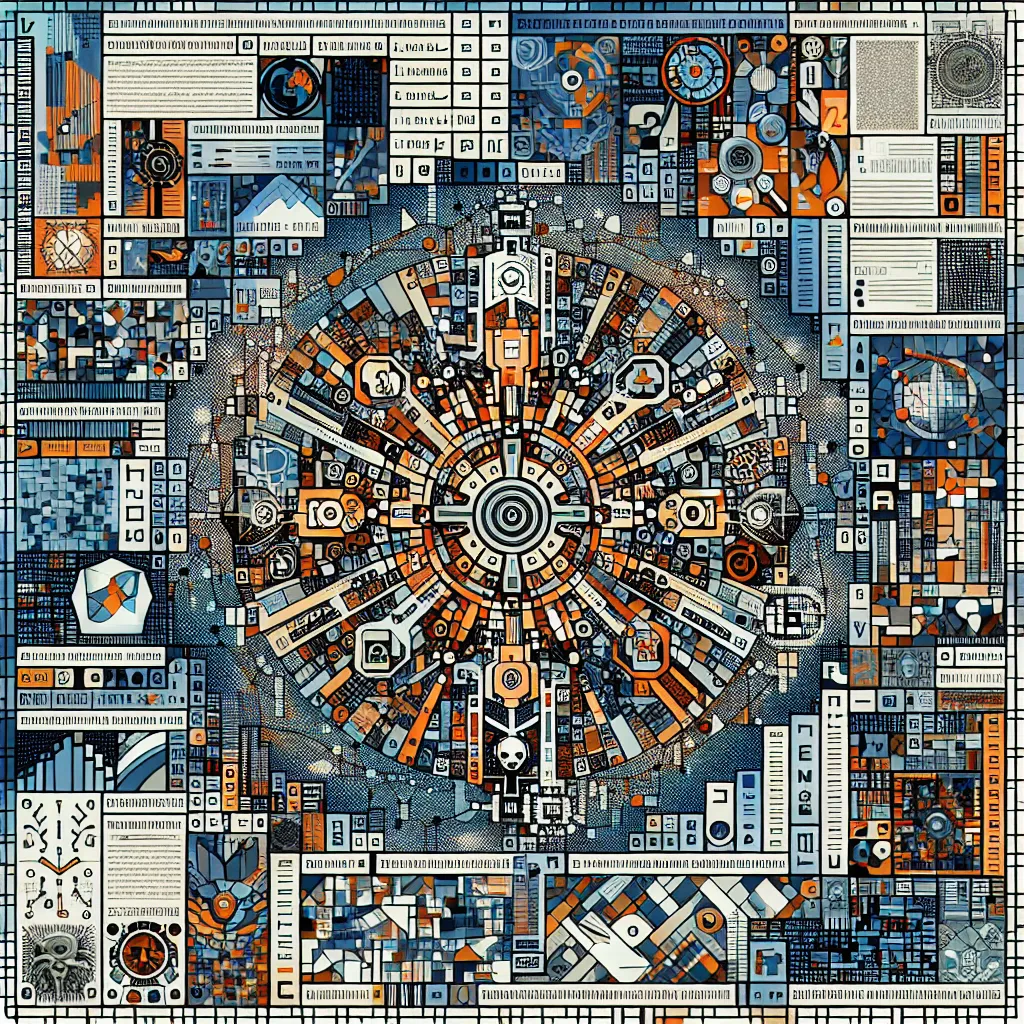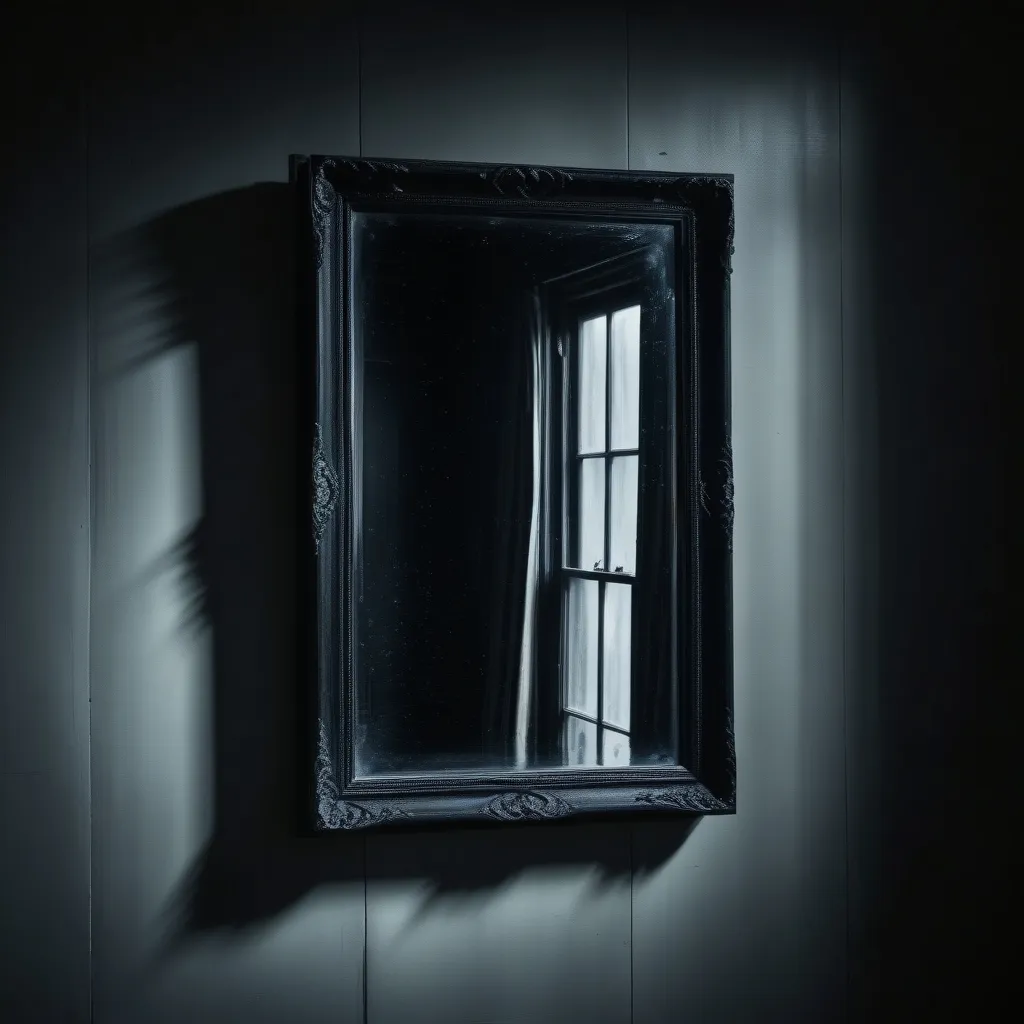The Sun, our serene and round celestial neighbor, isn’t always the peaceful giant it appears. Occasionally, it flares up and spews radiation and plasma in unexpected bursts. These solar flares and coronal mass ejections (CMEs) can hit Earth and potentially wreak havoc. But what exactly are they, how severe can they get, and can we prepare for them?
Though the Sun might look solid, it’s more like an extremely hot ocean. So hot that it rips atoms into electrons and nuclei, creating a plasma. This plasma is constantly moving and is manipulated by the Sun’s magnetic field. This magnetic field, different from the gravity field, creates and is created by moving charged particles, forming a dynamic feedback loop known as a dynamo.
Most of the time, this process results in a constant but gentle flow of solar plasma known as the solar wind. However, things can get chaotic when the Sun’s magnetic field knots up and lets loose all the pent-up energy. This is when solar flares and CMEs happen. Solar flares send a wave of high-energy radiation speeding through the solar system. CMEs, on the other hand, hurl massive amounts of plasma billions of tons worth at breakneck speeds.
If these solar storms collide with Earth, they usually go unnoticed. Yet, smaller incidents can still damage satellites, disrupt radio communications, and pose risks to astronauts. Our planet’s atmosphere absorbs the brunt of these effects, and any electrified plasma is deflected by Earth’s magnetic field, creating stunning auroras at the poles.
However, solar superstorms are rare but far from harmless. These powerful events could start with a solar flare followed by a CME. When the CME hits Earth, it compresses our magnetic field, sometimes causing it to snap and release energy back towards Earth, sparking a geomagnetic storm.
In the 21st century, our reliance on technology makes us vulnerable. A strong CME could induce currents that might overload and damage our power infrastructure. There’s precedent for this: the Quebec power grid failed in 1989 due to a solar storm. The most notorious event, the Carrington Event of 1859, caused massive auroras and wrecked telegraph systems across the globe.
Today, a similar storm could have much more catastrophic effects. The cost of damage from a Carrington-level event is projected in the trillions, with recovery taking years. And there’s a 12% chance per decade we could face such a storm within the next 50 years. Even worse, rare superflares could potentially be orders of magnitude more destructive.
Despite the frightening possibilities, panic isn’t the answer. Modern technology allows scientists to observe and predict CMEs, offering valuable preparation time. Temporary preventive measures, like shutting down parts of the power grid or dissipating excess power through extra lines, can mitigate damage.
While the risk is real, it’s manageable. With thoughtful investment and upgrades—compared favorably to the costs of other natural disasters—we can shield our electric grid from even the fiercest of solar storms. Thus, as we bask in the Sun’s glow, we must remain prepared for the day it might send a less friendly reminder of its power our way.
